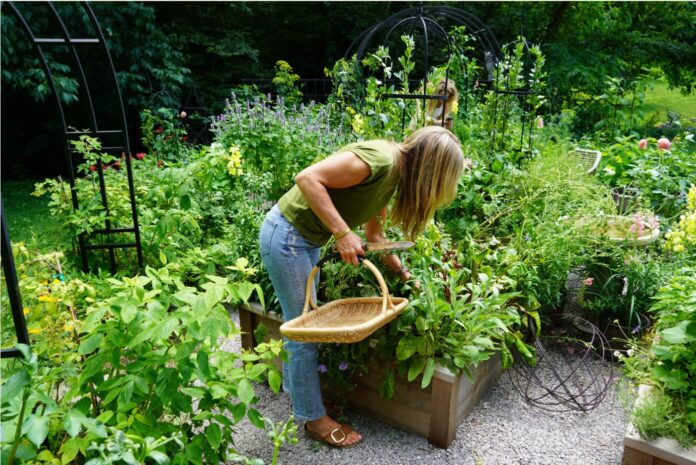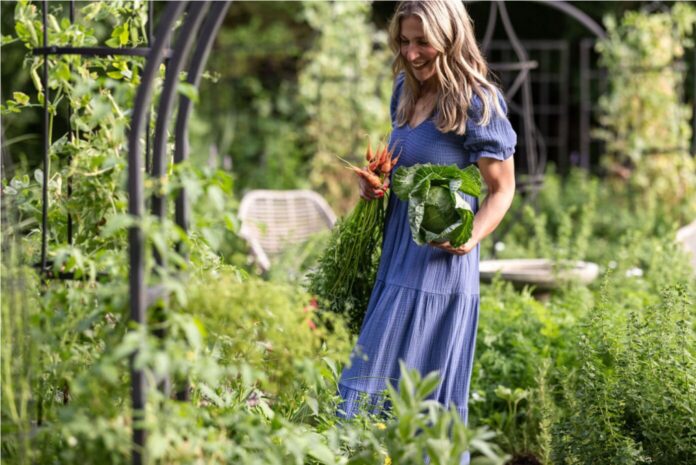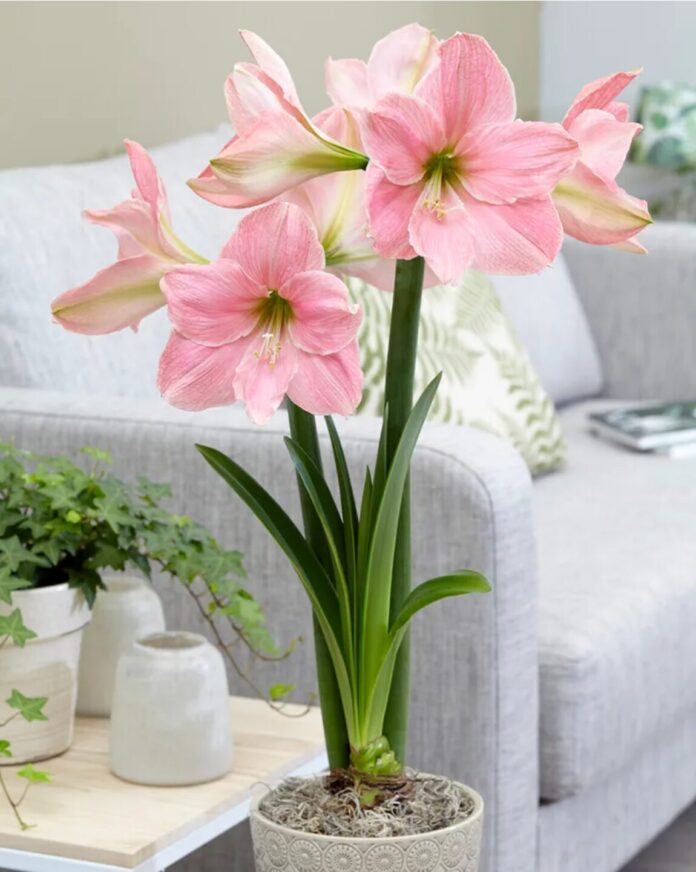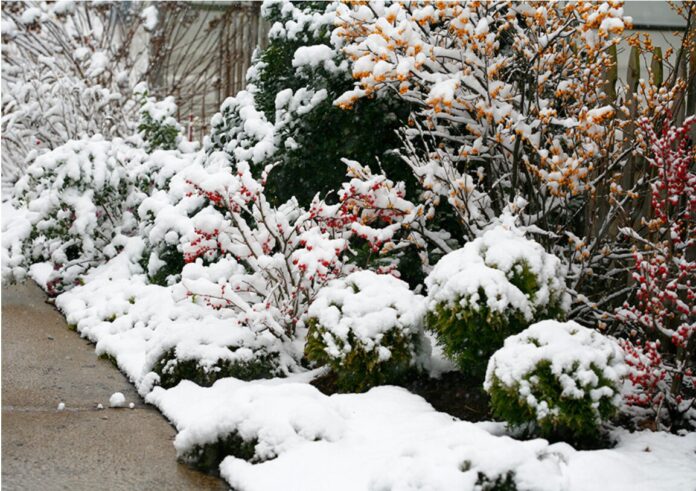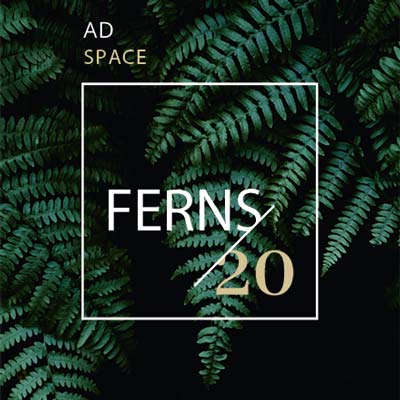Wildflower gardens are also a great way to use open space and can be rewarding for home gardeners. These plants are also a great playground for pollinators and wildlife. They can help stabilize soils that have a difficult texture due to their adaptability and hardiness. Some wildflowers love the sun and others love the shade. It’s not necessary to have a large area of meadow in order to create a wildflower bed. Any space will work.
Wildflowers are, as their name suggests, resistant to cultivation. Some of the “wildflower” varieties are very particular about their preferred growing conditions and prefer to control their own destiny. Once established, wildflower gardens will typically replenish themselves year after year. You can also easily maintain it: mow the garden at the end or beginning of the growing season or just leave it to its own devices.
Wildflowers may not be suitable for all garden spaces, but if you’re willing to take a relaxed approach and have plenty of space in your garden, they are worth trying. Here are 15 wildflower garden ideas that we love.
01
Choose a Wild Color Palette
Wildflower Garden with Pink Zinnias
Many gardeners plan out the color scheme of their gardens for hours. Why not let Mother Nature plan the look you want? Multi-colored zinnias, for example, will happily reseed and create a colorful palette as new plants appear.
02
Use Colorful Cornflowers
In a garden, pink, lavender and blue cornflowers are seen.
Cornflowers, also called bachelor buttons (Centaurea Cyanus), are tall, bright blue wildflowers. They reseed easily and can spread. They also come in many other colors, including white, pale pink, lavender, bi-colors, and shades of blue. Plant the seeds early in the year to get a good crop.
03
Plant a Forget-Me-Not Forest
Woodland with Blue Forget-Me-Nots
The forget-me nots (Myosotis) are a great way to fill in shady or sunlit woodland areas. They also reseed easily. The flowers are often a vivid shade of blue, but they can also be white or pale pink. To control the spread of the plant, cut off the stems as soon as the seeds have dried and dispersed in the summer.
Tip
Many wildflowers will grow in the shade. These include forget-me nots, wood asters and echinacea.
04
Mix Colors
Field of wildflowers in vibrant colors
This wildflower meadow includes purple, blue and red flowers, as well as black-eyed Susans (Rudbeckia), Butterfly Weed (Asclepias), verbena, wildasters, and other varieties of flower that can reseed easily. This meadow, which includes a variety of wild grasses and attracts beneficial pollinators, also contains a mixture of different types.
05
Create a Wild Cottage Garden
Purple agastache in wildflowers garden
Cottage gardens can easily be transformed into a wildflower meadow by allowing flower seeds to drift through the garden and fill in empty spaces. This colorful collection of flowers includes purple hummingbird sage (Agastache), creamy yellow coreopsis and blue veronica. It also contains pink cosmos, red salvia, and pink cosmos. This is a treat for both the eyes and the pollinators.
06
Add Late Season Textures
Wildflower garden in the sunlight with thistles
Even after the blooms fade, the shape of the plants that are going to seed is still beautiful and robust. The tall thistles in the summer garden add a pink hue, but the tall, statuesque form of the plants remains in the fall landscape when birds come for their seeds.
07
Choose Showy Native Wildflowers
white primrose flowers in desert wildflower garden
The white evening primrose is a pale-pink flower with papery petals that resemble California poppies. It is spread by rhizome, and it also self-seeds in gardens. It is drought-tolerant and does well in desert gardens.
08
Create a Natural Orchard
Wildflowers in an orchard with a wall
Home gardeners are increasingly establishing orchards. Letting wildflowers and lawns grow will ensure that fruit trees have plenty of pollinators. For tree care, you can mow the paths as necessary.
09
Late Summer Pollinator Magnets
Pink cosmos in a garden
The cosmos look great in the summer and they are also a good fit for a wildflower field. The seeds are easily reseeded, so you can collect them in autumn to plant in spring. The delicate lacey leaves and wispy petals of their flowers are similar to the colorful butterflies that they attract. The flowers come in many colors, including a rainbow of shades of pink, white, rosy-red, pale to vibrant yellow, and even orange.
10
Plant a Backyard Honey Paradise
Wildflowers behind the house
A simple wildflower assortment with pollinator friendly plants was used to plant this wildflower garden where tall trees (but potentially dangerous ones) were removed. This is an easy way to create a small wildflower meadow. It can be mowed, clipped or sheared at the end.
11
Enjoy the wild and crazy colors
large wildflower garden
This lush garden features a variety of wildflowers native to the area, as well as naturalized plants, such as yarrows, Russian sage and hollyhocks. The untamed appearance of the garden creates an eclectic mix in terms of colors, textures, shapes and heights.
12
Incorporate a seating area
Meadow with table and chairs and a mowed circle
If you have some space, here’s an idea that is simple and stunning. Keep a circular mowing area in your wildflower field throughout the year. You can create a “wild room” in your meadow where you set up seating and take in the beauty of nature while enjoying breakfast.
13
Support Pollinators
California Buckwheat with White Flowers
Planting native wildflowers can produce delicious honey, even if you are not a beekeeper. California buckwheat is also called Mojave Buckwheat. It has small, white flowers that honeybees love.
14
Make Wild Walkways
Golden poppies with a dog in a wildflower garden
Wildflowers will grow wherever they choose, including on your garden paths. California poppies are also called golden poppies. They’re a great native wildflower for your garden. The California poppies reproduce rapidly and freely. In late summer, you can collect the seeds and scatter them wherever you like. The plants grow well in sand and gravel.
15
Let It Grow
Wildflowers in a walled garden
The small walled gardens have a cozy feeling, and the wildflower patch is so overgrown that it almost makes you feel lost. Wildflowers will transform the look of your yard and make it seem almost magical. Don’t be surprised to see colorful butterflies and birds flocking to your wild oasis.
The FAQ
How to start a wildflowers garden?
Picking a good spot is the best way to begin a wildflower bed. It is best to choose a spot with plenty of sun, drained soil and enough space for the plants to grow. It may be necessary to till a grassy meadow to loosen roots that are tightly compacted. Plant a variety seeds that are appropriate for your growing zone, and then watch what happens.
Do I need to plant wildflower seeds?
If you choose a spot with loose, breathable soil and good drainage, you can scatter wildflower seeds to plant them. Cosmos, California poppys, tickseeds, cosmoss, and asters are just a few of the wildflowers that reseed themselves without needing to be planted. Sprinkle them lightly and leave some space to allow them to grow. To keep them from blowing too much, you can gently tap them with your shoe or hands.
Does a wildflower bed require little maintenance?
Wildflower gardens require less maintenance than traditional flower gardens. No soil amendments or fertilizer is required. The majority of wildflowers can tolerate drought, but you should still water them during a dry spell to keep the blooms going. If you want to slow down the rate at which reseeding occurs, you can cut back or mow mid-season.


